by Ralf Britz, The Natural History Museum London and Eleanor Adamson, The Natural History Museum London and the Fishmongers’ Company
In Europe and the Americas, if people have heard of snakehead fishes, it is usually because of their star status as the villain of tabloid headlines (Fishzilla), or horror B-movies (Snakehead Terror, Frankenfish). This “terror campaign”, stemming from the discovery of feral populations in the USA, is a good example of how the spotlight can be focused on freshwater invasive species and the damage they might cause outside their natural range.
Inside their native range, a recent scientific discovery reveals there is still much to learn about the snakehead fishes – an unusual group, where some species are important food fishes, some are famed in angling circles, and some are collected to become interesting features in home aquariums.
Snakeheads occur naturally in Africa (three species) and in Asia (about 47 species), where they live in rivers, lakes and wetlands. They are very successful predators, using their excellent eye sight to track down prey, and this has earned the reputation of some of the larger snakehead species as being worthy opponents as game fishes, especially the bullseye snakehead in Thailand and the giant snakehead in Cambodia, Vietnam and peninsular Malaysia.
A few fish hobbyists keep snakeheads as interesting, often colourful predators, including the Near Threatened rainbow snakehead, that comes from a small area in the Brahmaputra River Basin. The group have fascinating reproductive behaviour which can be observed in captivity if conditions are right; they either build and defend floating nests in which they lay their eggs, or they are mouthbrooders, with the male carrying eggs around for several weeks.
Snakeheads have a few other uncommon traits too – they are adapted to oxygen poor waters and can survive there thanks to an accessory breathing organ above their gill cavity – a special organ that enables them to breathe air. In fact, snakeheads must breathe atmospheric air regularly, as their gills are not sufficient to supply all their oxygen needs. This air breathing capability means snakeheads can survive out of water for some time, and some species use this to their advantage, “walking” overland from one water body to another by wriggling movements of their body.
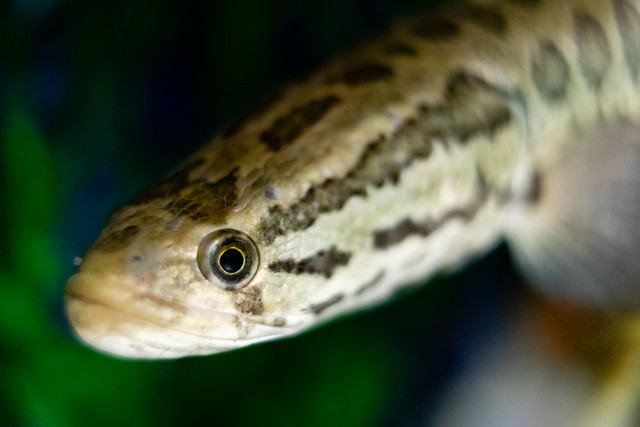
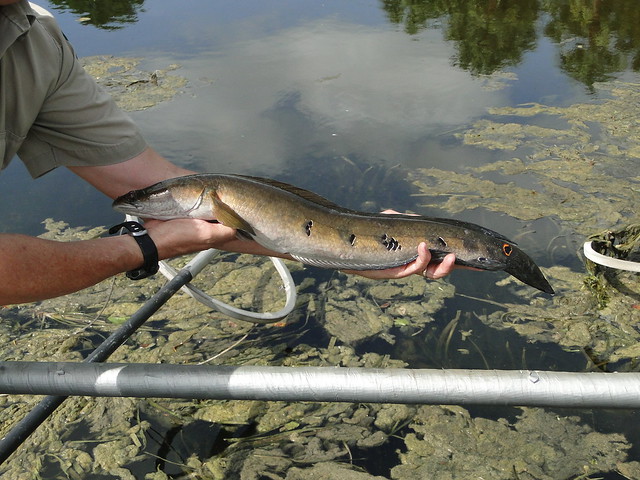
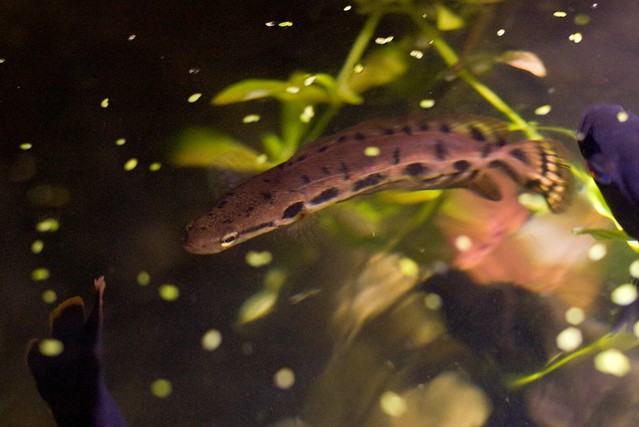
Successful freshwater predators, fish that can breathe air and walk overland…… perhaps the last place anybody would expect to find a snakehead is underground.
But this is exactly where the most recent snakehead species to be discovered comes from – the enigmatic Gollum snakehead, Aenigmachanna gollum.
Only a few weeks after devastating floods in Kerala in August 2018, a young Indian saw two fish that seemed unusual to him while he was at work in his rice paddies. Where had they appeared from? Most likely, from an unseen, unexplored, underground habitat, washed out by the heavy rainfall and floods. His curiosity triggered, he caught the two strange fish and photographed them, and then via his online social network, tried to find out what they were.
The photos caught the eye of Indian ichthyologist Dr Rajeev Raghavan, a conservation researcher and fish taxonomist at the Kerala University of Fisheries and Ocean Studies in Kochi. Rajeev immediately recognized the significance of this discovery, and got in touch to initiate a scientific investigation. With the help of PhD student Anoop V.K., fish molecular systematists Neelesh Dahanukar (Indian Institute of Science and Education), and myself (Ralf Britz, NHM London), the team set out to study this intriguing find in more detail.
Our results showed that not only was this surprising fish a new snakehead species, but it was also a new kind of snakehead, so different from all the other known species, African and Asian alike, that it deserved to be placed in its own, new genus. We came up with the genus name Aenigmachanna (“enigmatic Channa”) to reflect the enigmatic nature of this fascinating new branch of snakehead diversity. And the species name? As this newly discovered fish had risen from a subterranean world, we thought a fitting name would be Gollum, after JRR Tolkien’s famous fictional character who dwelt underground.
We are still in the process of studying the unique, enigmatic Gollum snakehead, trying to uncover more of its secrets from the two specimens that were discovered last year. The team also hope to find more living specimens, so we can observe it alive and learn more about its life habits, its general biology and its reproductive behaviour, as well as its evolution and phylogenetic relationships.
The area of Kerala from where the Gollum snakehead was discovered is becoming known for its unique subterranean fauna that so far includes eight fish species, all very strange looking, often blind, pigmentless, and with unknown biology and unclear evolutionary relationships. Not much is known about these weird species or the underground world they inhabit, but they probably spend their whole lives in freshwater aquifers, and most of them were discovered in the deep man-made wells that cut down to reach these natural subterranean water supplies. Such wells are typical for this part of India; and almost all rural households have one. We are about to start an exciting new project aimed at getting a better idea which organisms live underground in Kerala. And for this we need the help of as many local villagers as possible, as they are the ones who encounter the animals of this peculiar habitat when they drain their wells to clean them.

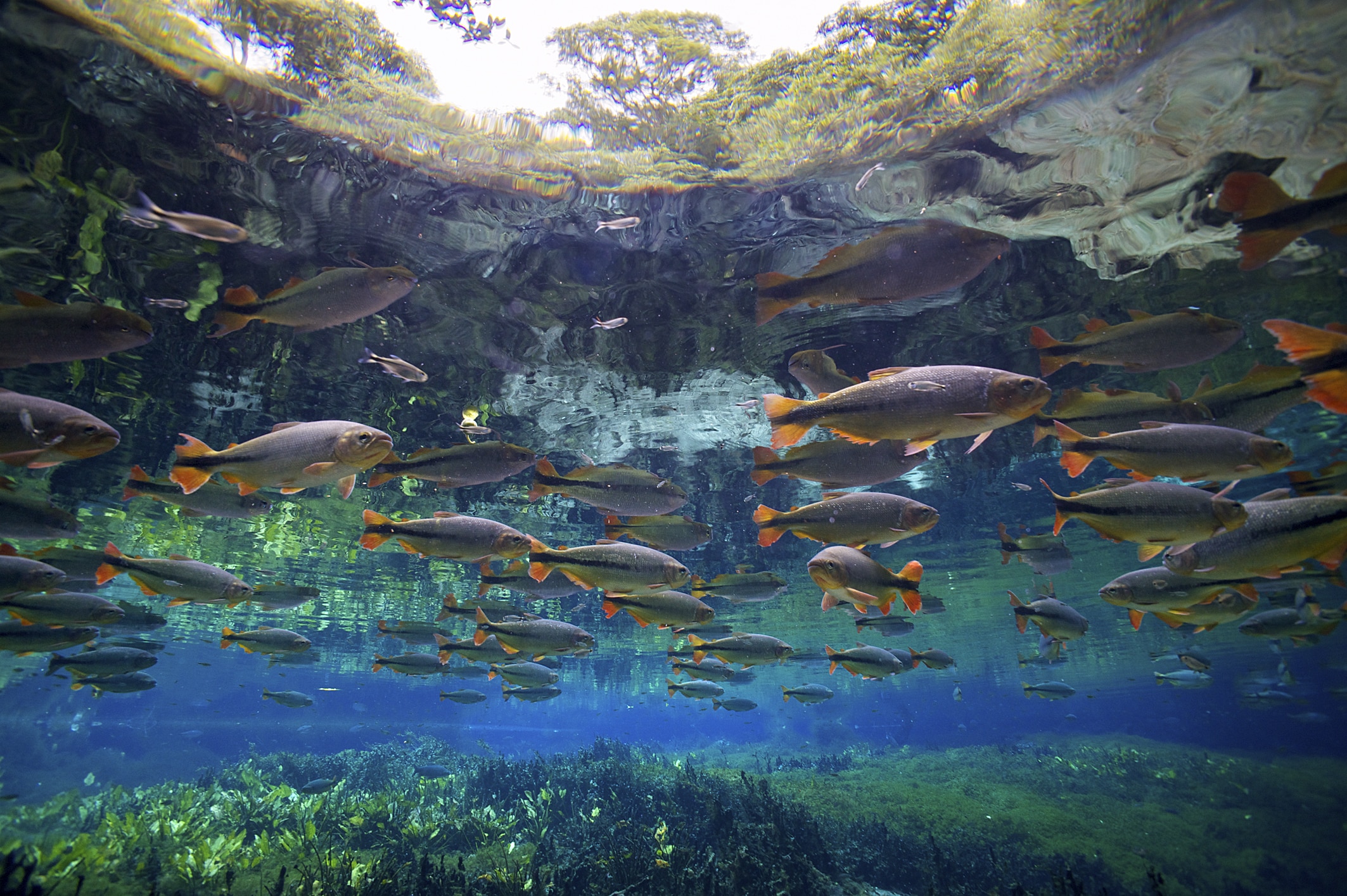
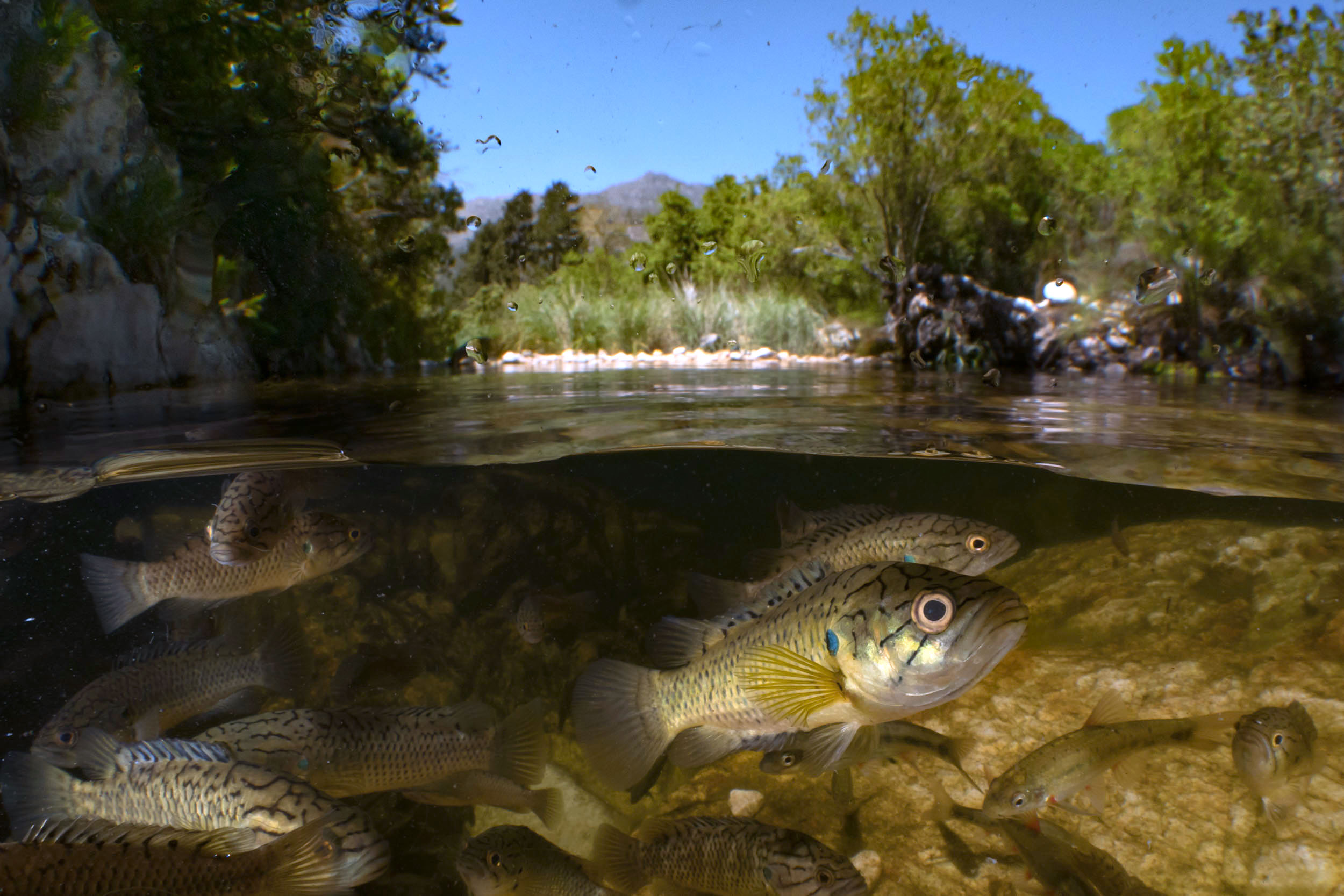
)
)
)

)